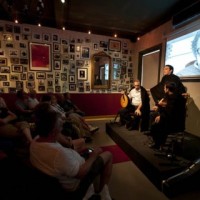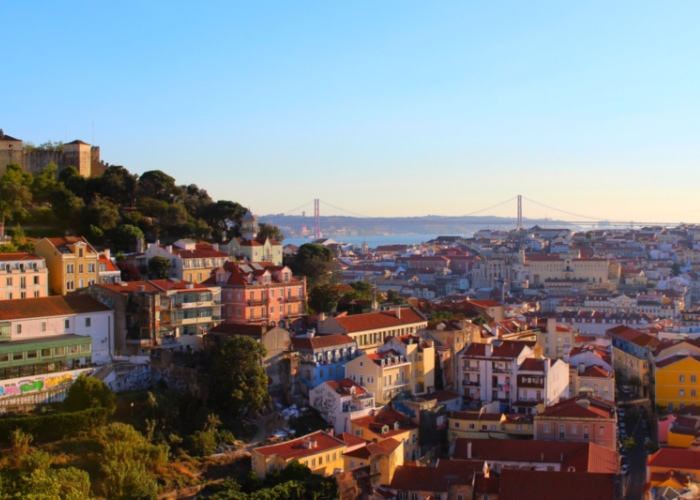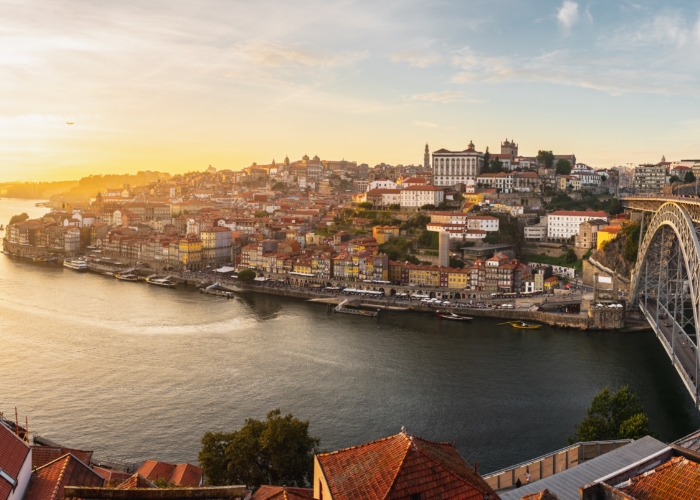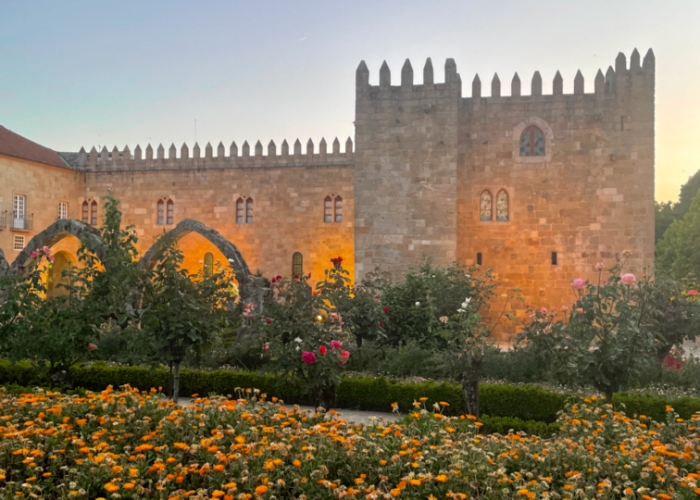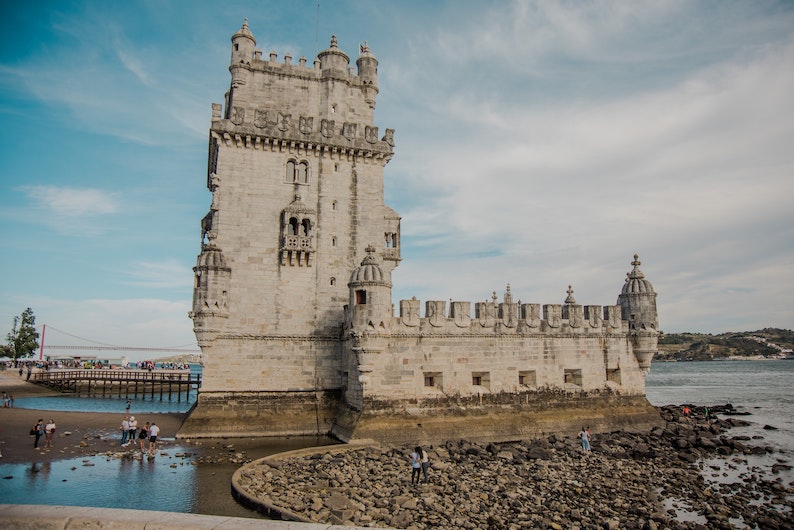From the Latin filum and granum – meaning thread and grain – the word filigree leads us to assume that it is a granulated thread.
Filigree consists of the combination of delicate and very fine gold threads, which together create several circular patterns, resulting in pieces of incredible beauty.
In Portugal, filigree originated in the pre-Roman civilizations, and eventually evolved over the centuries, acquiring an identity of its own that distinguishes it from other European filigrees.
It is a craft technique that requires a lot of patience and skill, which makes the whole process slow and its production limited.
Produced essentially in the north of the country, the Oporto city tour makes a pit stop in Gondomar so that you have the opportunity to know some of the local workshops.
These workshops, which are based on tradition and passed down from generation to generation, allow you to get to know the best of Portuguese goldsmithery. Besides getting to know the tools and meeting the artisans, you can also have the experience of creating your filigree piece, working the gold threads and giving life to your own masterpiece!
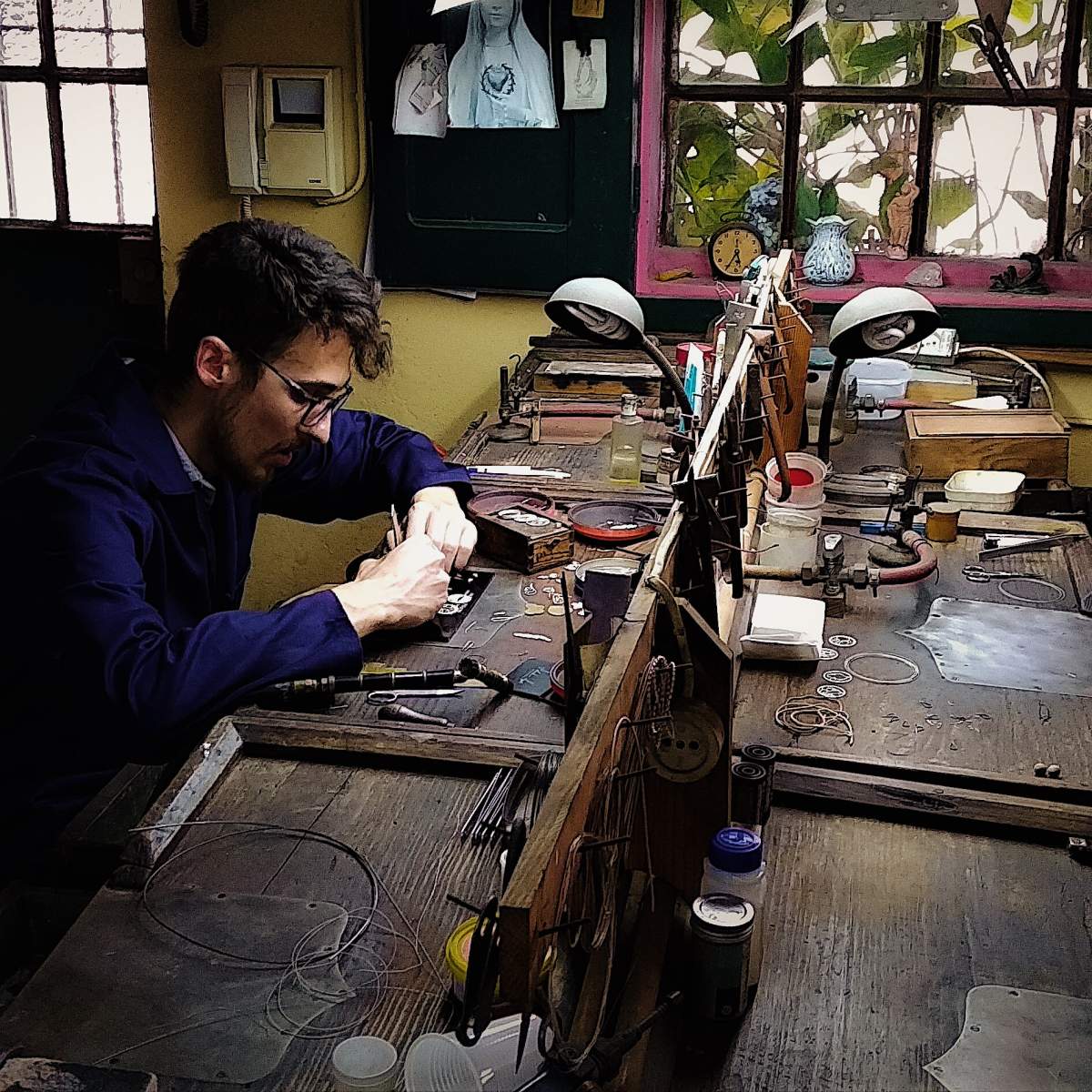
Photo: Arlindo Moura Jewelry
You will be amazed by the skill and precision needed to shape a single piece.
Filigree has a strong presence in the north of the country, but if you are in Lisbon, during the Lisbon city tour you can add a visit to the Filigree Museum – the first museum dedicated to this art.
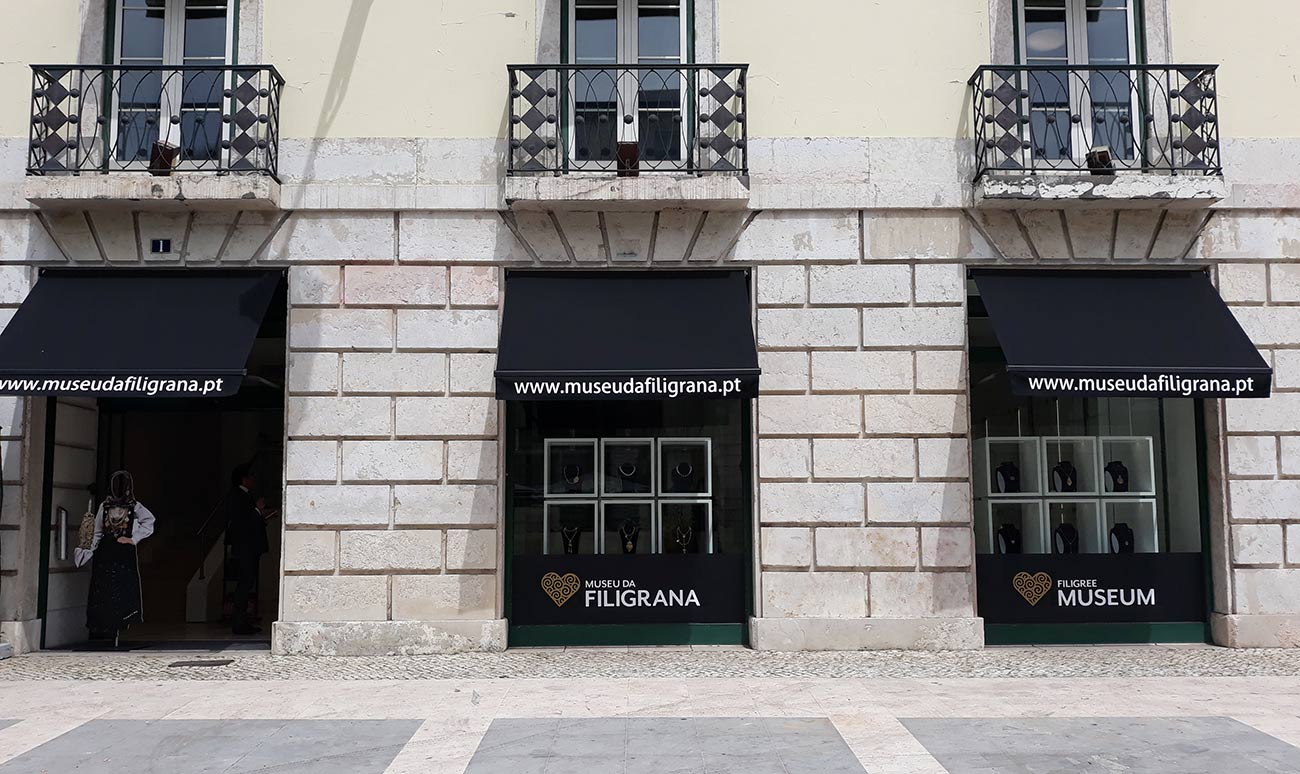
After a guided tour where you will be explained the importance of Filigree in our culture and all the different steps and tools used in the process of creation, you can always buy a piece as a souvenir to take home.
Filigree is still today considered a work of art and seen as an investment. There are many designs to choose from, let us show you which pieces are most chosen by the Portuguese!
Coração de Viana
The Heart of Viana is the most traditional garment and one of the most recognized symbols of filigree, but did you know that it does not represent love? It is a symbol of dedication and worship of the Sacred Heart of Jesus. The idea and request came from Queen Maria I after the birth of her firstborn. Over time, the patterns that shape the Heart of Viana become so popular that we see them embroidered on all kinds of fabrics, giving it the recognition that remains until today.
Brincos Rainha
In the 19th century, Queen Maria II made a public appearance wearing a small set of Filigree earrings, that became so popular that from that time on they became a symbol of wealth and social status. They are also seen as a symbol of fertility because at the bottom of the earring you can see an inverted triangle which is a female symbol.
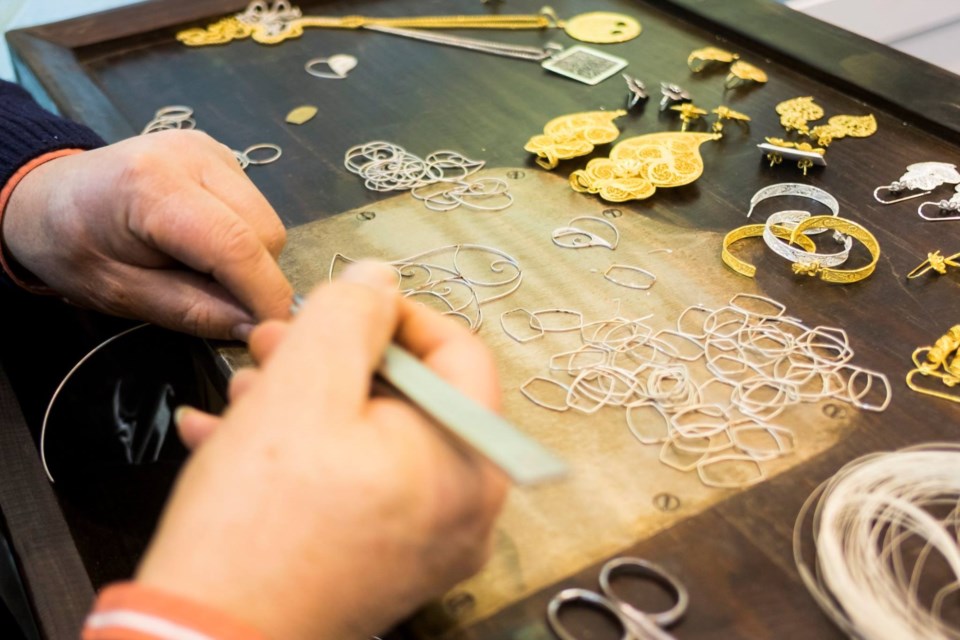
Photo: Rota da Filigrana
Colares de Contas
Bead necklaces are the oldest and most traditional. Viana beads remind us of the Greek beads: they are spherical and hollow inside, which makes them really light. The outside is decorated with a filigree thread and a small dot in the center.
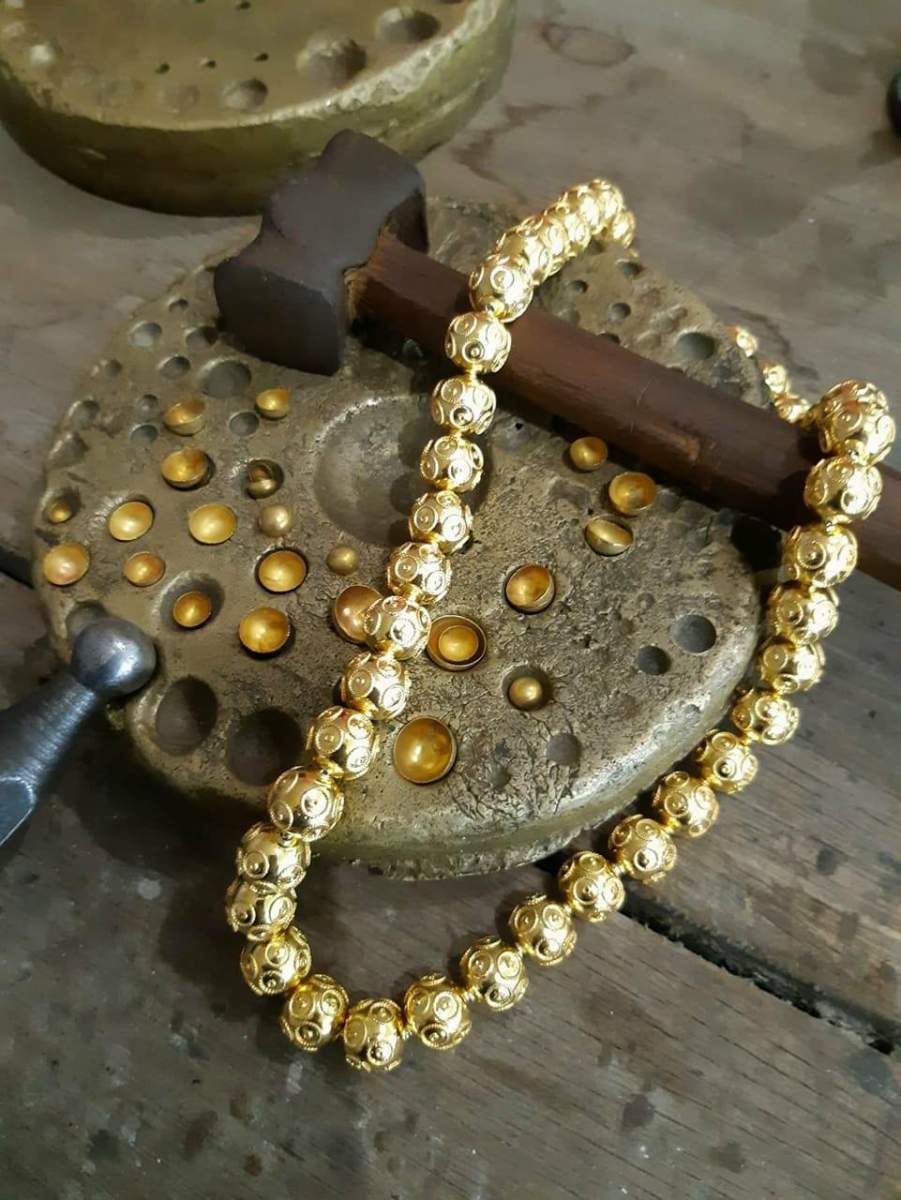
Photo: Museu da Filigrana
They appeared because of the difficulty of buying a necklace. This way, women could buy beads by beads until they had enough to make an entire necklace. Even today it is common practice to offer beads on special occasions such as birthdays and christenings.
Learn more about this unique technic during your stay in Portugal!
